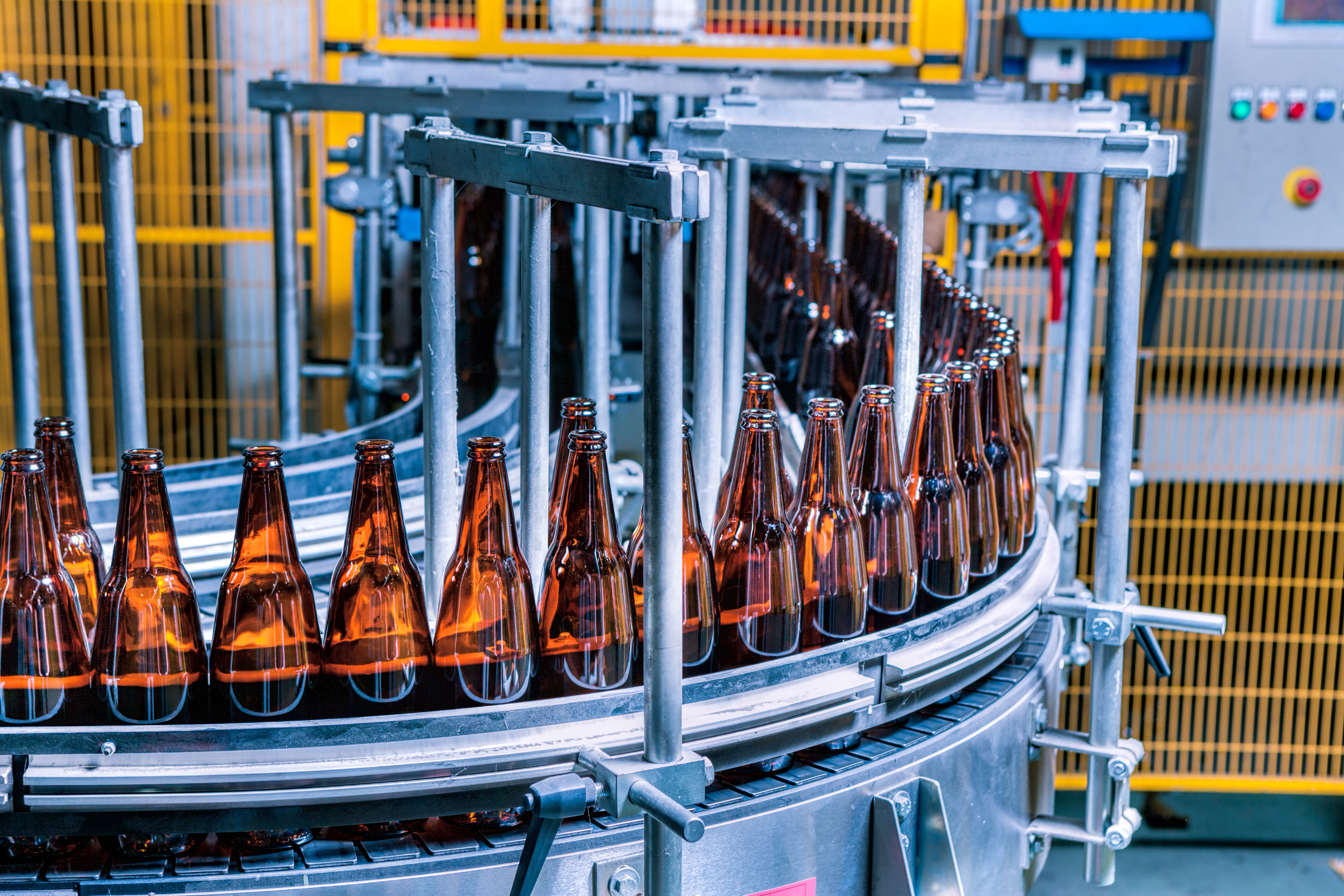Would your customers be happy drinking recycled wastewater? Let’s hope so

The prospect of drinking recycled wastewater may make some consumers feel squeamish, but the future demands change. As a food or drinks manufacturer, there are many environmental and economic benefits to be gained from using recycled wastewater in your production processes.
Drip, drip, drip. Here in the UK you are only ever a few seconds away from a tap that dispenses clean drinking water on demand. However with the twin threats of a warming climate (causing droughts) and a rising population, widespread and sustained water shortages are a very real prospect in the near future. There is ever-increasing demand on a finite global resource, and that’s why the time is now for food and drink manufacturers to begin making use of alternative – perhaps unconventional – water sources.
What is “wastewater”?
To some extent all water is recycled – the water you drink has existed elsewhere in some form or another before making its way to you. However, “wastewater” refers to the water that flows down your sink, down your shower plughole and out of your toilet – or even down the drain outside your house when you wash your car. Or discharged from factory as a result of the production process.
In terms of the food and drink manufacturing process, these operations produce trade ‘effluent’ – liquid waste, (not including sewage) – that is often discharged from the premises, after some initial treatment. This is a valuable untapped resource!
How is wastewater recycled?
It’s perhaps easy to feel put-off by the concept of taking effluent and treating it so that it can be consumed. But the intensive recycling process is incredibly thorough. In fact, by the end of the recycling process, you can expect water that is purer than that which is currently extracted from rivers and reservoirs. So how’s it done?
Wastewater is typically treated biologically: either aerobically or anaerobically (or a combination of both). Ultrafiltration (UF) and Reverse Osmosis (RO) can then be applied to further enhance the water quality removing particles, pathogens and larger molecules. RO involves forcing the water molecules across a dense plastic film, which rejects unwanted molecules and microbes. Finally the water undergoes treatment with UV light and / or disinfection with chlorine dioxide.
In short: the typical recycling process is extensive and rigorous.
Opportunities for greater use in the food and drinks industry
Some manufacturers are already taking great strides to incorporate recycled wastewater into their operations. Indeed, you may already use recycled water in your production. But would you use recycled water as an actual ingredient? Back in 2018, Sweden’s New Carnegie Brewery teamed up with Carlsberg Sweden to unveil a beer that was made using recycled wastewater. The technology is there. The economic incentive is – or should be – there, as recycling wastewater reduces water costs. Perhaps it’s consumer perception of wastewater that’s holding the industry back?
And yet, environmental sustainability has never been higher on the social agenda. Consumers are driving change and voting with their wallets to force businesses to act. It suggests that, with the right education, wastewater as an ingredient may be less difficult a sell to consumers than you may have thought. It’s about finding the right message: raising awareness of the risk of impending water shortages while providing ample reassurance that the technology used to purify wastewater is proven and already in place.
Those manufacturers that are bold enough to act early may even gain market share. Consumers are alert to environmental sustainability. They know that their buying choices have an impact. Making it easier for them to make planet-positive decisions might just benefit your bottom line as well as Mother Nature. So the question is: is there more that your company could be doing with recycled water?
Something to ponder on your next trip to the tap. Or the toilet….